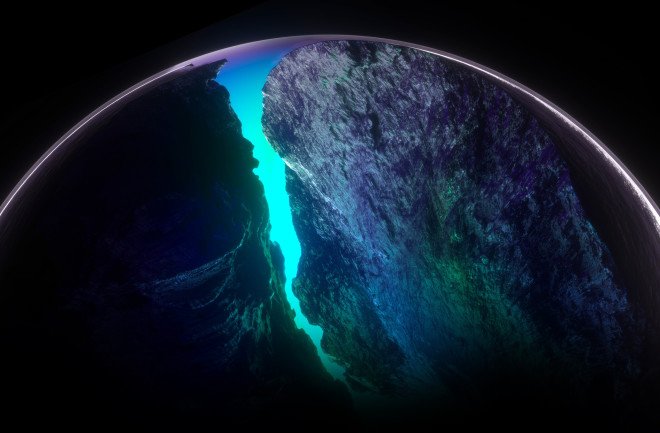Okay!
Have you ever wondered what lies at the very bottom of the ocean? Well, I have. This pushed me to do some findings and some really good findings I did do, all thanks to the internet and a decade worth of documented research.
Now there is this underwater marvel, more mysterious than the Bermuda Triangle, deeper than the deepest well, and frankly, a lot scarier than your average haunted house, it the MARIANA TRENCHES guys. Where I'm from, the mention of the word TRENCHES basically means a place that causes you to suffer, yeah literally. Kind of corresponds .
What exactly is the Mariana Trench
Well, First things first, let’s get our bearings right. The Mariana Trench is a massive, crescent-shaped chasm, more like an abyss, yeah, something like that , located in the western Pacific Ocean. It’s the deepest part of the world's oceans and, in fact, the deepest natural point on Earth, now thats fascinating. Think of it as the Grand Canyon of the sea, but way deeper, darker, and filled with way weirder creatures. You might not understand the gravity of the situation, so let me help here. To give you some perspective, the trench reaches a depth of about 36,000 feet according to findings (that's nearly 11,000 meters for lovers of measurements, yeah ). You see this is so baffling in the sense that , if you plunged Mount Everest into the trench, its peak would still be submerged by over a mile of water. Yeah, let that sink in for a moment. Pun totally intended. The trench gets its name from the nearby Mariana Islands. It was first discovered by the HMS Challenger expedition between 1872 and 1876, but it wasn’t until 1960 that humans ventured down to its depths. Jacques Piccard and U.S. Navy Lieutenant Don Walsh took a daring dive in a tiny submersible called the Trieste. Imagine diving into the dark, cold abyss with 1960s technology. I cant even trust an old toaster. But I guess they were too curious to have a choice. Fast forward to 2012, and Hollywood director James Cameron decided that making blockbuster movies wasn't enough adventure for him. He became the first person to make a solo journey to the bottom of the trench in his submersible, the Deepsea Challenger. Clearly, "Titanic" wasn't intense enough for Mr. Cameron was it ... The Mariana Trench isn’t just a simple drop-off. It’s full of unique features, including the Challenger Deep (expect my post on the challenger deep within the next 48 hours) , the deepest part of the trench and the Earth itself. This specific spot plunges to an astonishing 36,070 feet (10,994 meters). If your ears pop on an airplane, imagine the pressure down there. It’s over a thousand times the pressure at sea level. That’s like having 50 jumbo jets stacked on your head. Ouch, talk about instantaneous death with eye popping and nose bleeds Now, Despite the crushing pressure, frigid temperatures, and total darkness, life finds a way in the Mariana Trench, like how ?. It’s home to some of the strangest and most resilient creatures on the planet. We’re talking giant amoebas, translucent fish, and shrimp-like amphipods the size of your hand, crazy. These weird animal have adapted to survive in conditions that would make even the hardiest land animals shudder and tremble. One of the most intriguing inhabitants is the snailfish, a ghostly white creature that thrives in the crushing depths. It looks like something out of a sci-fi movie, but it’s very real and very adapted to its extreme environment. Then there are the xenophyophores, single-celled organisms that are enormous compared to their microscopic cousins. It’s a strange, wonderful world down there. You might be wondering, “Why should I care about a giant underwater ditch?” Well, my friend, the Mariana Trench is more than just a deep hole. It’s a scientific goldmine. Studying it helps scientists understand the Earth’s geology, including plate tectonics and earthquake activity. It’s like peering into the Earth’s plumbing system. Moreover, the trench holds clues about the origins of life and how organisms can survive in extreme conditions. This research can even have applications for space exploration, as scientists look for life on other planets and moons. If life can thrive in the Mariana Trench, it might just be able to survive in the harsh environments of space. The Mariana Trench to this very day continues to fascinate scientists and explorers, talk about being consistent and, let’s be honest, anyone who’s ever watched a nature documentary would agree It’s a place where the unknown still reigns supreme, and every expedition brings back new discoveries. Who knows what we’ll find down there next? Maybe a new species, probably something like a hidden underwater city, or something more bizarre. Reading about the Mariana Trench was quite fascinating, right from the start . At some point I imagined myself in a God knows submersible, descending into the inky blackness. Lol, I’d probably be holding tight to a flashlight like it’s my last hope at surviving, then anxiously shining it into the abyss and hoping I don’t see a giant, toothy monstrosity looking back at me. OMG the horror and terror Yeah, of course, in reality, I’d be safe on my couch, watching the experts do the exploring. Still, the thought of this mysterious, underwater abyss can be scary. It’s would be like the ultimate haunted house, but this time way cooler and with actual scientific benefits. What are your thoughts on this ?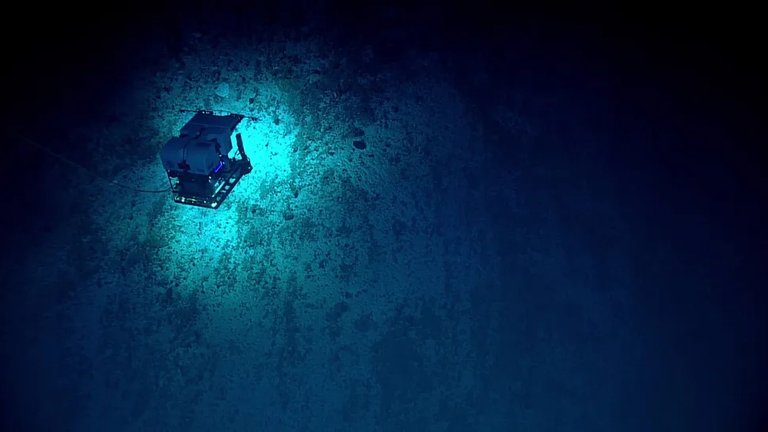
(Image credit: Image courtesy of the NOAA Office of Ocean Exploration and Research, 2016 Deepwater Exploration of the Marianas)
Let do a little history lesson
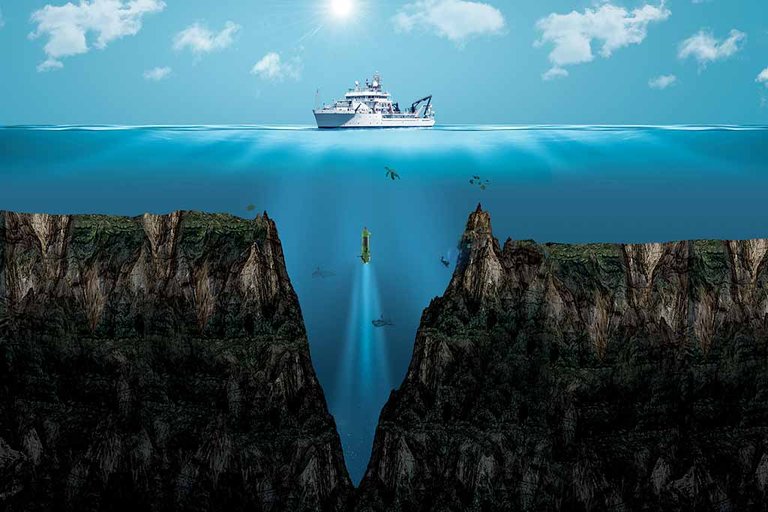
Image Credit: Shutterstock/DOERSThe Lay of the Land
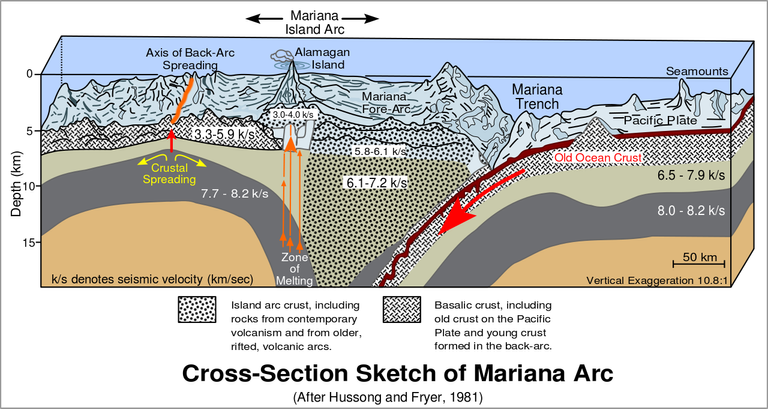
Life in the Depths
Why Should We Care?
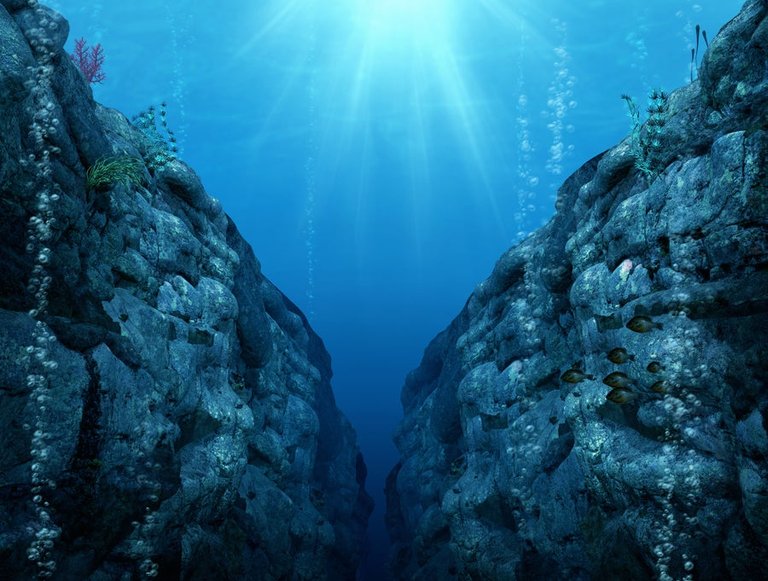
The Fascination Continues
Personal thoughts
